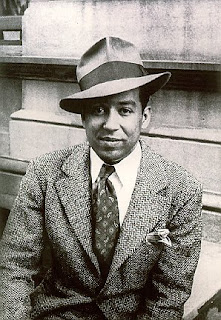For generations Hutu tribesmen have used the plant for traditional herbal sprit quests and for it's healing properties. The curative effects are often likened to the Aloe plant for burns and cuts. The pulp of the plant has been shown to accelerate healing more than any known pharmaceutical agent. The pulp seems to mimic human plasma while also providing a protein that promotes dermal generation.
The plant is used for vision quests, and also during the main Hutu right of passage ceremony, where young tribesmen have their palms cuts in a crosshatch pattern and they are made to hold a hand full of the pulpy cactus like substance while the hand is wrapped closed. The tribesmen are also held in a hut where copious amounts of incense made of the flowering buds are blown through open holes, while chanting and and the singing of traditional songs goes on through two nights. with breaks being taken during sunrise and sunset and a noontime ritual.
As an added bonus, the pulp also contains a mild psychoactive agent that chemically resembles some mild hallucinogens. The effects are said to be meditative, and not to alter perception of the outer world rather its effect is felt most greatly on the subjective/inner experience. While dreaming, or in environments with diminished sensory stimulation (dark, quiet, non-textured settings), the effects are felt more greatly. Perhaps its most exciting effect is upon meditative practices. If one meditates or dreams within hours of ingesting the pulp or smoking/vaporization of the flowering buds.
Subjective measures tell a story of individuals being able to more easily block out unwanted thoughts and to allow individuals to meditate for exponentially longer periods of time and to derive a greater degree of personal satisfaction as well as greatly enhanced objective scientific measures of calmness, stress reduction, satisfaction, happiness and less reactivity to all top 15 measures of urban stress producers.
Although through traditional lore there is no addictive quality to the plants, those who have partaken of the plant who from the west have reported psychological, and at times some mild physical dependence symptoms.
The plant is not easily maintained indoors or in environments that do not closely resemble arid megathermal climates (areas where more water is lost by evapotranspiration than falls as precipitation).
Trafficking of the drug has resulted in the plant becoming endangered. The plant has been bred and cultivated through a joint collaboration between The New York Botanical Garden & International Plant Science Center and the University of Texas at Austin Plant Biological Sciences Division.
Research has been ongoing and the active akaloid has been isolated and synthesized and is currently being studied to investigate if the effects are similar to the active psychoactive ingredient of the plant.



